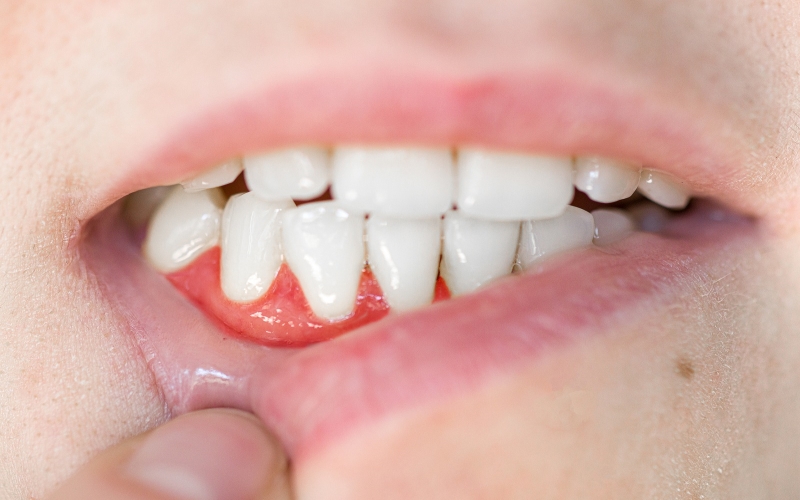Tooth infection can be distressing due to the constant pain and discomfort. It can negatively compromise your quality of sleep and life. This can manifest in the form of an abscess. This is an abnormal collection of infected fluid known as pus. Understanding the causes, symptoms, and treatment options for tooth abscesses is crucial for maintaining oral health and preventing further medical issues.
Read on to learn everything about a tooth abscess and how it can be treated by specialists offering Concord dental practice.
What is a tooth abscess?
A tooth abscess is a pus-filled pocket resulting from a bacterial infection in the gums. It appears as a red, swollen bump, boil, or pimple affecting the involved tooth. If left untreated, the infection can spread to neighboring teeth and the underlying bone.
What causes tooth abscesses?
Any abnormal opening in your teeth can pave the way for bacterial colonization, resulting in infection and tooth abscess. Causes include:
- Tooth cavities
- Broken, chipped, or cracked tooth
- Gum disease
- Tooth injury
You are more likely to develop tooth abscess if you:
- Smoke
- Suffer from xerostomia (dry mouth)
- Have poor oral hygiene
- Have a weak immune system
What are the symptoms associated with tooth abscesses?
Pain is the most common symptom suffered due to a tooth abscess. You may experience dull, gnawing, sharp, shooting pain near the affected area.
Other symptoms include:
- Difficulty chewing and biting
- Increased tooth sensitivity
- Pain radiating to the jaws
- Bitter taste in your mouth
- Bad Breath
- Gum swelling and redness
- Loosening of the affected tooth
- Mild-grade fever
- Swollen lymph nodes
How do dentists diagnose a tooth abscess?
In addition to examining the affected tooth and the surrounding tissues, your dentist may:
- Recommend a dental X-ray
- Tap and press the tooth to check for pain and sensitivity
- Do thermal tests to determine the health of your pulp
How is tooth abscess treated?
Treatment options include:
- Medications: Your dentist may prescribe suitable antibiotics to treat tooth infections.
- Incision and drainage: Your dentist will make a small cut and drain the pus.
- Root canal therapy: Here your dentist will remove the inflamed and infected pulp and replace it with a biocompatible material like gutta percha to seal the tooth from further infection. This is followed by crown placement.
- Tooth extraction: A tooth abscess beyond repair may require a tooth extraction to prevent the infection from spreading to the other healthy teeth.
If you observe any signs and symptoms of a tooth abscess, it’s important to seek dental care to improve both your oral health and overall quality of life. Your dentist will assess your oral cavity and determine the most appropriate treatment for your condition.

